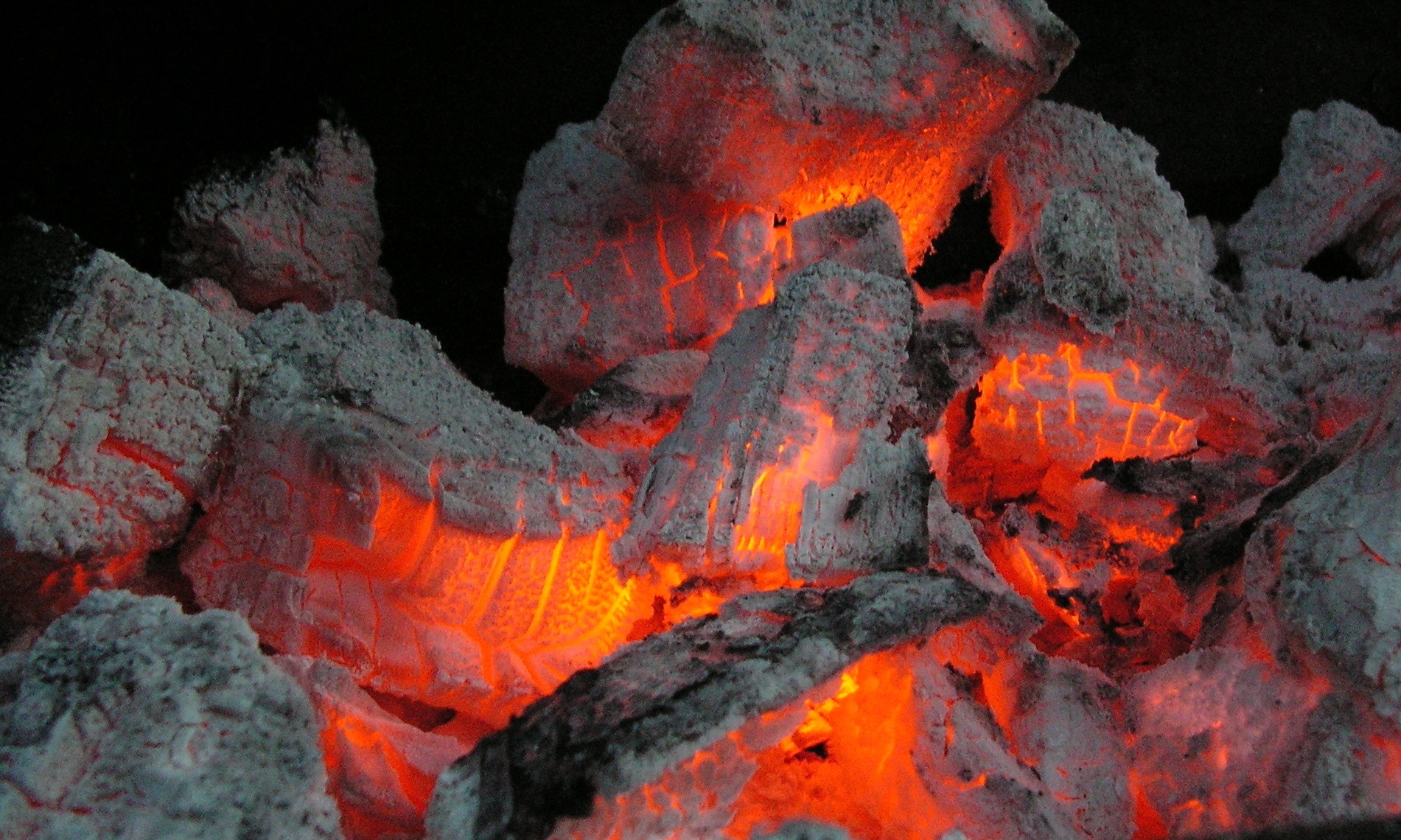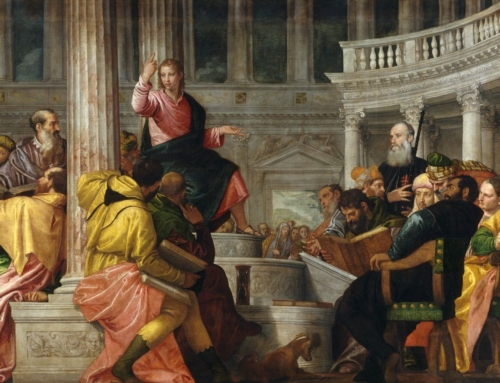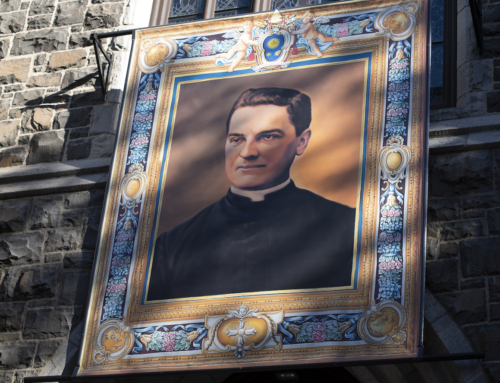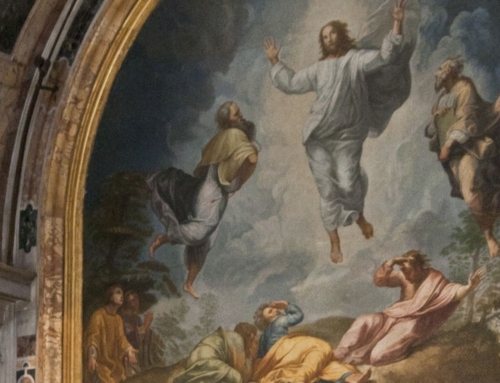“I have come to set the world on fire, and how I wish it were already blazing!” Luke 12:49
Jesus began to ignite the world by providing His apostles with the kindling of His teaching and example. These men were the embers that the Holy Spirit would fan into a flame at Pentecost—a flame that, whenever it came into contact with another properly disposed soul, would spread and eventually consume the majority of the known world. The life that Our Lord taught His apostles to live was extremely ascetical and involved the remarkable witness of fasting and other penances; this asceticism is kindling that keeps the soul’s fire burning.
One of the traditions which the apostles have handed down to us is the observance of particular days for fasting and penance. Before the changes to the Church’s liturgical calendar in 1969, today—the Friday in the week after September 14’s Feast of the Holy Cross—would have been counted as one of those days of fasting and penance. It was called an ember day. While the whole Church in America no longer collectively celebrates ember days, it is interesting to note what this tradition of feasting and penance can offer us today.
Before 1969, ember days were regularly observed by the entire Latin Church as days of fasting and penance, both in atonement for our sins and in gratitude for God’s many gifts. The term likely originates from the German Quatember, a corruption of the Latin name Quattuor Tempora, “the four seasons.” Dom Gueranger notes that “the intentions which the Church has [for] the fast of the Ember days are the same as those of the Synagogue: namely, to consecrate to God by penance the four seasons of the year” (The Liturgical Year, Volume 1, p. 219). While Jews fasted on Tuesdays and Thursdays, the early Church fasted on Wednesdays and Fridays in order to recall the timeline of the Passion. These fasts were to be observed with added solemnity four times a year to reflect the Jewish tradition spoken of in Zechariah 8:19: “The fast days of the fourth, the fifth, the seventh, and the tenth months shall become occasions of joy and gladness” (New Catholic Encyclopedia, Volume 5, p. 297).
The structure of the ember days developed early on. Pope Callistus I (d. c. 233) added Saturday as a fast day “because on Saturday the Lord was placed in the sepulchre and His disciples fasted” (NCE, p. 297). Pope St. Gregory the Great (d. 604) solidified the practice of observing fasts of three days four times a year (March, June, September, December) on Wednesdays, Fridays, and Saturdays (297). This structure remained in place until Bl. Pope Paul VI’s reform of the liturgical calendar in 1969 when the ember days were—not abolished, as is often thought, but—left to the various national bishops’ conferences to arrange so that they could be “better adapted” to suit the particular needs of the local churches.
Pope St. Leo the Great (d. 461), in a series of sermons on the ember days, stressed that fasting is an essential part of our faith, along with prayer and almsgiving. He says that
“fasting has ever been the nourishment of virtue. Abstinence is the source of chaste thoughts, of wise resolutions, and of salutary counsel. By voluntary mortifications, the flesh dies to its concupiscences, and the spirit is renewed in virtue.” (Gueranger, p. 219)
Christians today are usually mindful of the importance of prayer and almsgiving. But too often we miss out on these spiritual riches that Pope Leo speaks about because we have all but forgotten how to fast. Perhaps we think fasting is just for monks, or just for the most hardcore saints. But, in reality, as the example of Our Lord Himself (see Mt 4:1-11) and the efforts of His apostles (see 2 Cor. 10:3-5; Eph. 6:12-13) have shown us, fasting is a powerful means for all Christians to combat the devil, our very real spiritual enemy who tries to rob us of our salvation any chance he gets. But no fear! Experience shows that even the most ordinary Christians who try fasting are able to go much longer without food than regular habits of eating would lead us to believe. And not only do they find it easier than expected, they also find that it brings them a surprising amount of joy.
Our culture is so devoid of joy. We have tricked ourselves into thinking that we have joy when we have the latest and the greatest or the flashiest. But all of that is just a distraction from the emptiness of a life without God. The great paradox of being a Christian is that “he who loses his life for [Christ’s] sake will find it”: in the abnegation of our will and our self-love, Christ will fill us with Himself. And this is exactly what fasting accomplishes. Once we are filled with Christ, we are ready to unite ourselves to His mission of setting the world ablaze with love. If the Christian soul is an ember, then fasting—along with prayer, almsgiving, etc.—is kindling for the soul. The Holy Spirit blows on the ember, and the kindling feeds the fire. With even the tiniest amount of kindling, God will ignite the flames of love in your soul. Why not make today your ember day and discover the joys of fasting? Deny yourself and let the love of Christ burn within your soul. This is the greatest joy of all.
✠
Image: Embers







